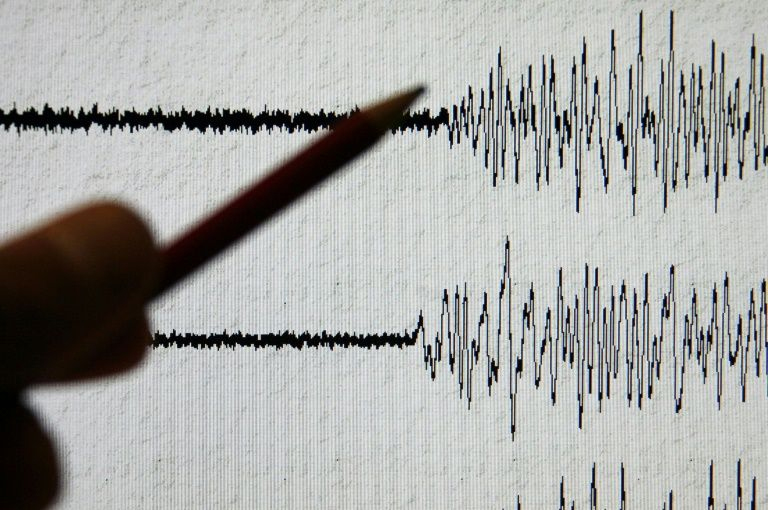
LONDON (TIP): Researchers from the US space agency NASA have said that granite – an igneous rock common on Earth— could be found in abundance on Mars. For years Mars was considered geologically simplistic consisting mostly of one kind of rock in contrast to the diverse geology of Earth. Most of the surface of Mars is covered by dark-coloured volcanic rocks called basalt. Large amounts of a mineral found in granite called feldspar were found in an ancient Martian volcano.
Minerals that are common in basalts rich in iron and magnesium are nearly completely absent here. The location of the feldspar also provides an explanation for how granite could have formed on Mars. While the magma slowly cools in the subsurface, low density melt separates from dense crystals in a process called fractionation. The cycle is repeated over and over for millennia until granite is formed. Granite or its eruptive equivalent rhyolite is often found on Earth in tectonically active regions. This is unlikely on Mars but the research team concluded that prolonged magmatic activity on Mars can also produce it on a large scale.
“We’re providing the most compelling evidence to date that Mars has granitic rocks,” said James Wray from the School of Earth and Atmospheric Sciences at the Georgia Institute of Technology. The research supported by the NASA Mars Data Analysis Program bolsters the evidence for granite on Mars by using remote sensing techniques with infrared spectroscopy to survey a large volcano on Mars that was active for billions of years. The volcano is dust-free making it ideal for the study. Most volcanoes on Mars are blanketed with dust but this volcano is being sand-blasted by some of the fastest-moving sand dunes on Mars, sweeping away any dust that might fall on the volcano.
Earlier this year, the Mars Curiosity rover surprised scientists by discovering soil with a composition similar to granite. No one knew what to make of the discovery because it was limited to one site on Mars.A separate team from the European Southern Observatory and the University of Paris found a similar signature elsewhere on Mars but likened the rocks to anorthosite which is common on the moon. “We talk about water on Mars all the time but the history of volcanism on Mars is another thing that we’d like to try to understand,” Wray said. “What kinds of rocks have been forming over the planet’s history? We thought that it was a pretty easy answer, but we’re now joining the emerging chorus saying things may be a little bit more diverse on Mars, as they are on Earth.”





Be the first to comment